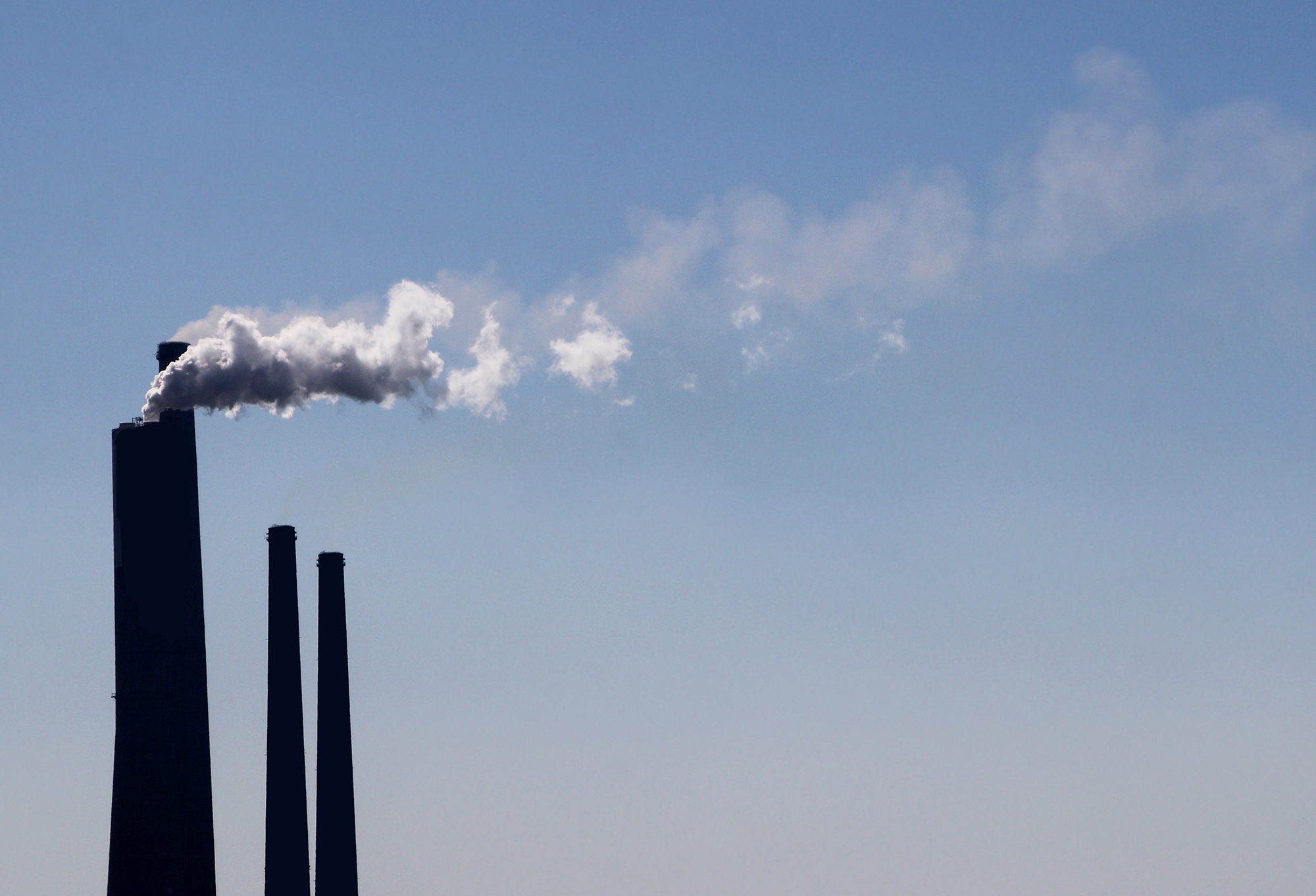Views expressed in opinion columns are the author’s own.
Like many places in the U.S., the University of Maryland aims to reach carbon neutrality by 2050, and an updated SGA resolution would speed up that timeline to carbon neutrality by 2025. Among the many initiatives to decrease the carbon footprint of our campus, such as purchasing renewable electricity and ensuring energy efficiency in new buildings, this university also uses a market based system to offset emissions.
Offsets are a way to emit in one place and then pay for a project elsewhere that reduces net greenhouse gas emissions. Maryland lists some of these types of projects online, including investments in renewable energy, reforestation and energy efficiency. Though this seems like an easy fix to our emissions problems, dependence on carbon offsets over real emissions reductions ignores the limitations of offsetting.
Carbon offset programs have become controversial because many projects have ended up being scams. In one instance, 19 chemical gas companies creating ozone-depleting substances were caught creating excess product just to destroy them, earning them carbon credits. There is also concern that projects funded through offsets would happen even without your contribution. In those cases, offsets aren’t really canceling out carbon emissions because they aren’t contributing anything new to emissions reduction or carbon sequestration projects.
Offsets also present an equity problem because they ignore local problems with emissions such as air pollution, leaks and spills. For example, this university plans to reduce net emissions from its Combined Heat and Power Plant — which runs on natural gas — through offsets, but the counterbalance of carbon emissions does nothing to eliminate other risks such as methane leaks from wellheads and pipelines. Companies such as industry or energy facilities may offset their greenhouse gas emissions, but still contribute to poor air quality in disadvantaged communities. The only way to truly eliminate these externalities of energy use are by eliminating their sources where they are, not some other arbitrary location.
New York’s Climate Leadership and Community Protection Act was passed this year and has been nicknamed the Green New Deal for New York because of its ambitiousness. The legislation would get New York to 100 percent carbon neutrality by 2050, allowing 15 percent of emissions to be reduced through carbon offsets. When creating the legislation, New York policymakers understood that careful guidelines were necessary to ensure offsets solved the problems the policy was looking to address. In order to make the offsets as equitable as possible, they must be located within a 25-mile radius and are reserved for emission sources for which emissions reduction is not technologically or commercially feasible. Every four years, these sources will be reviewed to ensure the best available methods are being used to mitigate emissions. Following this model for offsets is the best available example of the due diligence needed to ensure offsets are doing the most good possible.
In addition to the limitations of offsetting, the biggest harm from the schemes may be that they maintain an idea we know is myth: our fossil fuel-consumptive lifestyles can continue business as usual. Offsetting means Maryland, along with carbon-intensive companies and many states and countries, can avoid their responsibility to decarbonize and instead pay someone else to do it.
Though offsets shouldn’t be completely written off, their use should be limited to scenarios where zero emissions are technologically infeasible, such as with this university’s commuting and air travel, and should be vetted to ensure real environmental integrity. Maryland should reconsider a reliance on carbon offsets because of the limitations and the risks of environmental harm, and instead work to make real reductions to emissions through the expansion of renewables.
Sonja Neve is a senior environmental science and policy major. She can be reached at sonjaneve55@gmail.com.



